Six Reasons Why Drafting ‘The Bounce-Back’ > ‘The Breakout’
Nathan Weselake
2021-09-27
I have a theory that while poolies prefer potential breakout candidates over bounce-back candidates they are unwise to do so. It is better to go with the bounce-back than the breakout. This theory is based on my participation in hockey pools for decades. In fact, my first year in a pool was when a rookie named Teemu Selanne exploded for 76 goals – which sort of messes up my theory. In the hope of validating my theory, I began to poke around on Yahoo to see if there was evidence enough for me to make a bit of a case. I don't imagine the evidence I found would hold up in court, but it is interesting. Besides, what could I possibly get sued for? And even if I did get sued, I heard from Ian Gooding that Dobber pays all our legal fees.
* * * DobberHockey’s 16th annual Fantasy Hockey Guide is out now, fully updated and ready for download. Pick it up here! * * *
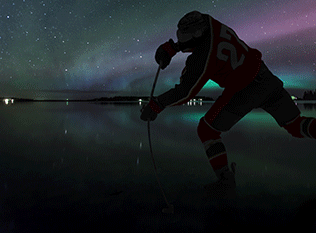
Two caveats before we get into all the reasons bounce-backs are greater than breakouts.
First, it isn't strictly a "Top 10 List" for the simple reason that I couldn’t find 10 reasons without basically re-wording the first five reasons. Rather than a redundant 10, I gave you a solid six, and added some examples where I think the breakout preference is obvious.
Second, this article only applies to one-year leagues.
Top Six Reasons The Bounce-Back > The Breakout.
6. No one reaches for the bounce-back.
Everyone wants a piece of Roope Hintz (ADP 66) after he heroically hobbled his way to an unexpected point per game pace last year. Teuvo Teravainen (ADP 138) will have similar numbers and is waiting for you six rounds later.
5. The bounce-back has a higher floor.
This is because we don't have to hope someone like Jacob Markstrom (ADP 138) will get 50+ starts. Barring injury, we know he will. Spencer Knight (ADP 85) on the other hand?
4. The bounce-back has the mental game figured out.
The rookie prospect starts to squeeze the stick a little too hard. He lit up the preseason and believed the headlines. Now he hasn't scored in six games and if he reads one more tweet about how he sucks will end up working at Subway. This is why 20-year-old kids coming from the KHL (Vasily Podkolzin ADP 163) should be passed over in favor of unflappable veterans whose mental game is so strong they give guest lectures at Yale* (Phil Kessel ADP 167).
3. The bounce-back has figured out how to do it with a target on his back.
When you become the player the other team keys on, life gets exponentially harder. This is the year Cole Caufield (ADP 104) has to figure out what it means to play against the NHL's best night after night. He isn't sneaking up on anybody. Will he figure it out? Yes, and probably fairly quickly. But not as quickly as Viktor Arvidsson (ADP 176) and Cam Atkinson (ADP 177) will, because they already have.
2. The bounce-back is proud.
No one wants to be told they are slowing down. No one wants someone else to steal their playing time. The bounce back veteran doesn't sit at home all off season mulling over how he has had a good run. No, he hits the training hard and comes back with gritted teeth. If he has teeth left at this stage of the career – which he, Brent Burns (ADP 130), does not. Compare the gritty and proud Burns with last year's wonder boy Mackenzie Weegar (ADP 111), who ought to be ashamed of how his point totals were inflated by an embarrassingly high 17 secondary assists.
1. The bounce-back has done it before.
Who is the most likely to score 40 goals next year? Who is most likely to top 100 points? Who is most likely to be in the top five for PIM? The answer to each question is the same – the player who has done it already. Assuming, of course, they get similar opportunities to what they have had in the past. So is someone like Dylan Larkin (ADP 180) more likely to get 60 points than Jack Hughes (ADP 143) simply because Larkin has done it twice and Hughes has not yet done it? Yes.
Now, whether or not you agree with the specific examples I offered here is irrelevant, the most helpful part of this article is to take advantage of where your competitors’ preference for the breakout has them ignoring the bounce back. Here are a few more examples where this principle might be at work.
Jonathan Toews (ADP 165) > Martin Necas (ADP 100)
Patrik Laine (ADP 131) > Jason Robertson (ADP 91)
Evgenii Dadonov (ADP 173) > Nils Hoglander (ADP 162)
William Karlsson (ADP 176) > Jesperi Kotkaniemi (ADP 166)
Thanks for reading! My stint as guest writer for Top 10 is over as Tom Collins is back next week. Thanks as well to Dobber for the opportunity to write a few articles.
Nathan
*the Yale lectures is more something I wish was true than something actually true

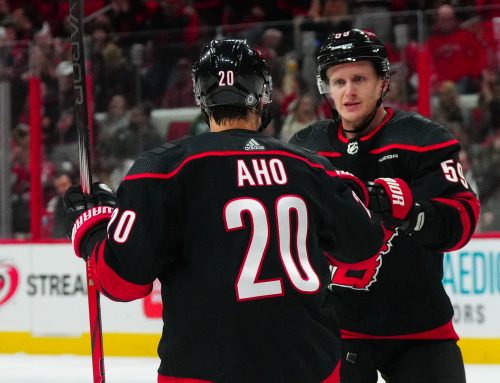
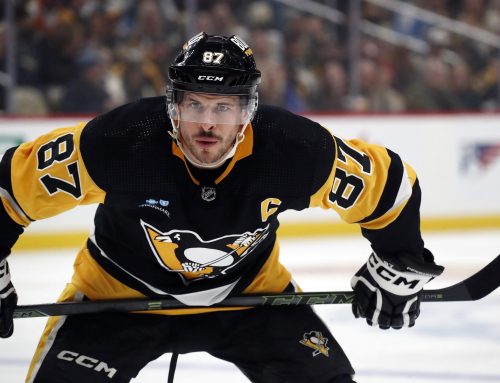
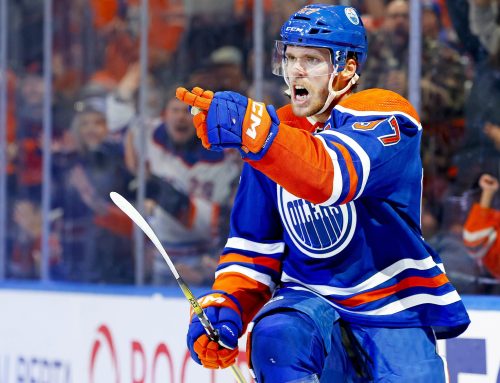
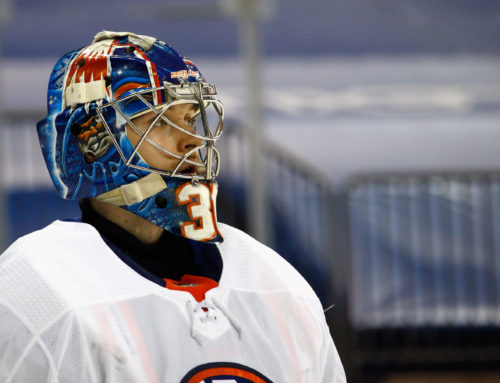
 T.B
T.B FLA
FLA NYI
NYI CAR
CAR TOR
TOR VGK
VGK VAN
VAN EDM
EDM MIN
MIN STL
STL CBJ
CBJ
